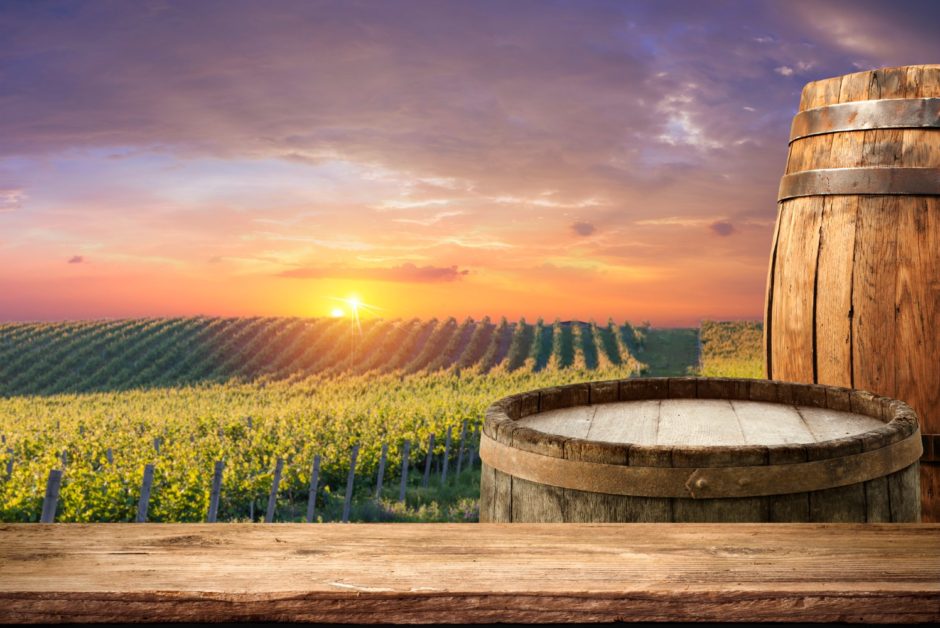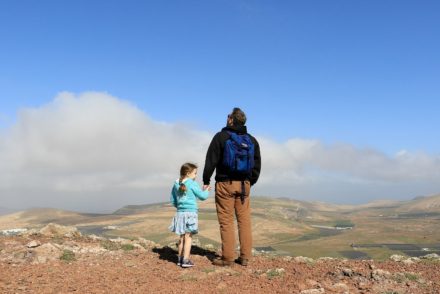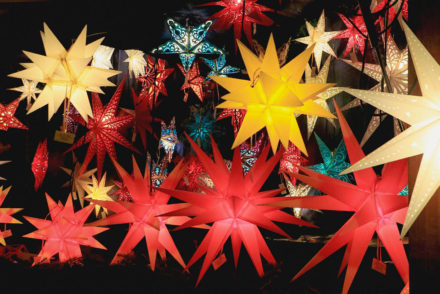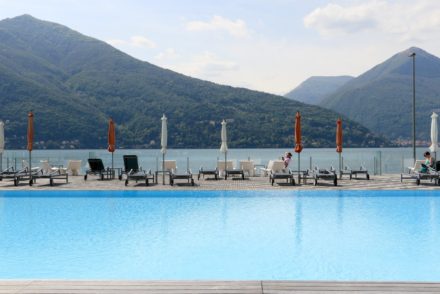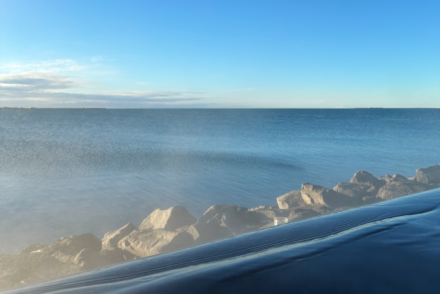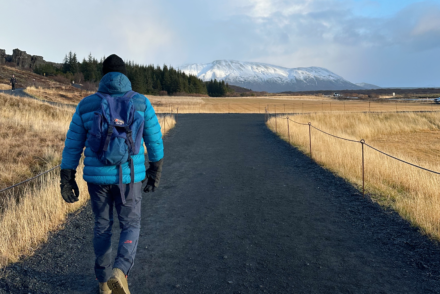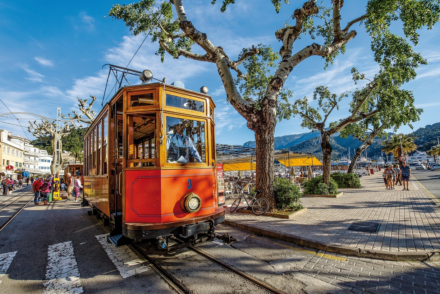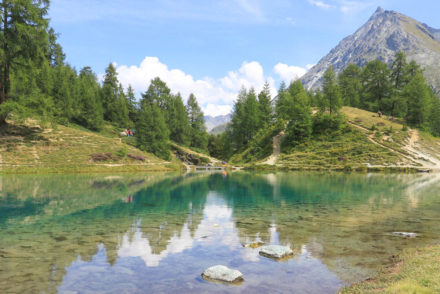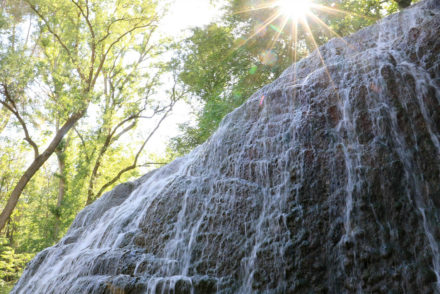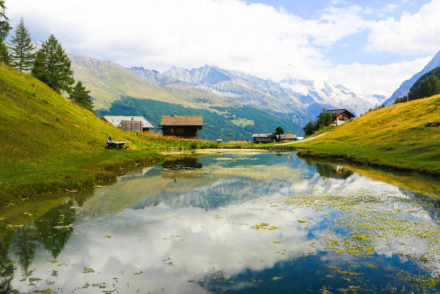Whether it’s those gastronomic delights savoured just that bit longer, the lush rolling hills that seem to go on forever or the deep-rooted heritage, Tuscany is simply irresistible. Frequently viewed as one of the most beautiful regions in Italy, its Renaissance is reflected in its architecture, sculptures, paintings and museums. We take a look at some of the highlights from our visits to Siena and Florence with Bookings For You.
Legend has it Siena was discovered by Senius and Aschius, the two sons of Remus, after Rome was named. It’s said they fled Rome after their father’s death, taking with them the mythical Capitoline Wolf. Remember the she-wolf suckling the twins sculpture? Located in central Tuscany, Siena is renowned for its medieval buildings with Piazza del Campo at the heart of the city. Known for the Palio run which is a horse race around the piazza, it even featured in James Bond’s Quantum of Solace.
Piazza del Campo is dominated by Palazzo Pubblico and the Torre del Mangia which is thought to be one of the finest examples of gothic architecture. Previously the home of the city’s Podestà (Italian officials), the building is now the seat of the town council. The 88-metre high tower can be reached by climbing the 400 narrow steps although visitors are rewarded with the magnificent views over the city and across the countryside. There’s no shortage of restaurants and cafes around Piazza del Campo with plenty of gelato on offer if you just want to take in the atmosphere and admire the impressive Fonte Gaia Fountain.
Just a few minutes walk from Il Campo piazza is Piazza del Duomo where you’ll find the Duomo or the Cathedral of Santa Maria Assunta. Said to be one of Italy’s greatest Gothic churches, it’s black and white facia is fascinating even from the outside. Inside is simply magnificent with the black and white marble stripes representing the Siena coat of arms and the roof decorated blue with golden stars. The hexagonal dome is topped with Bernini’s gilded lantern and the alter is marble. The stained glass window in the choir one of the earliest remaining examples of Italian stained glass. While you’re at the Duomo, make sure you visit the colourful Piccolomini Library which was painted by the Perugian painter Pintoricchio.
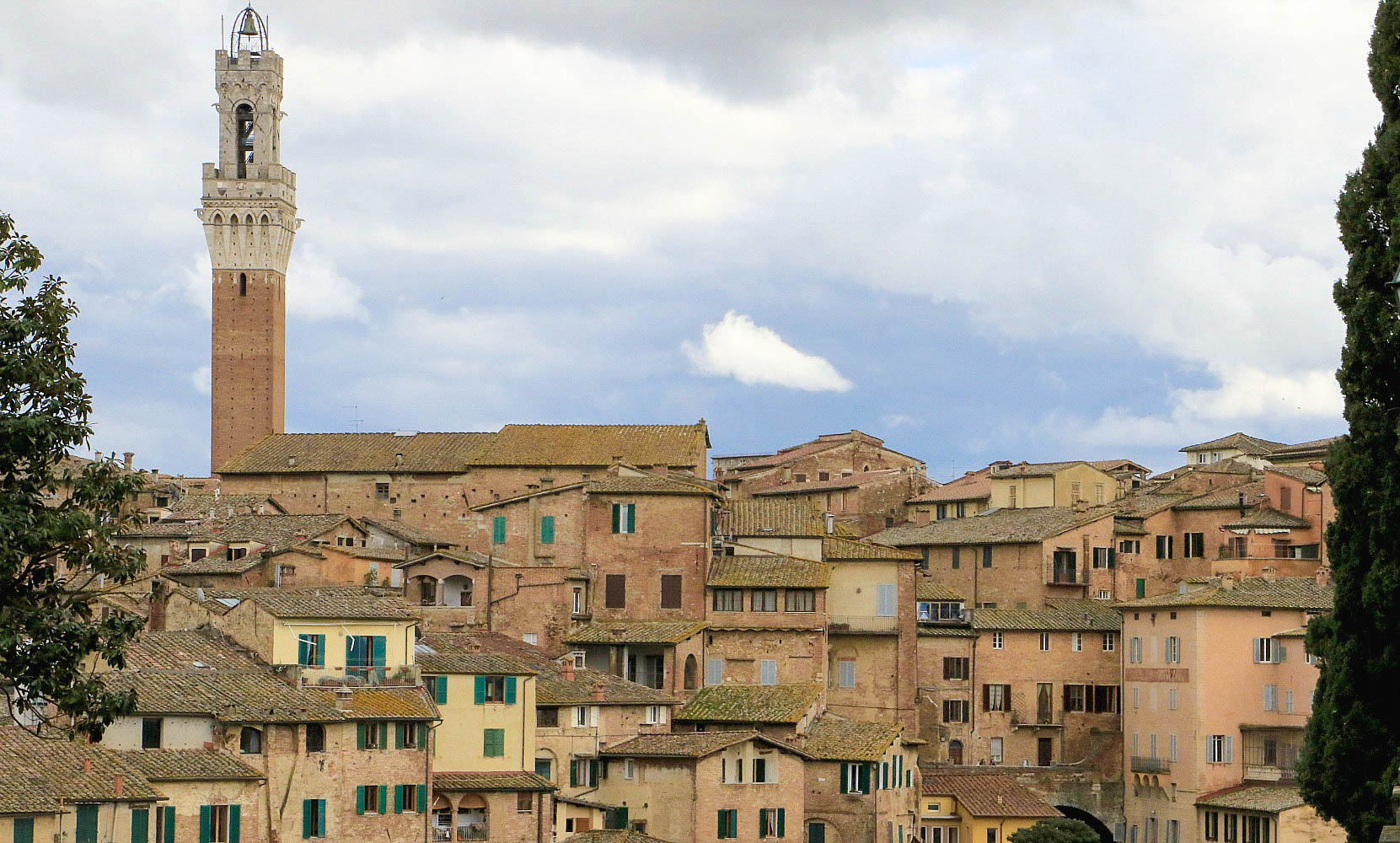
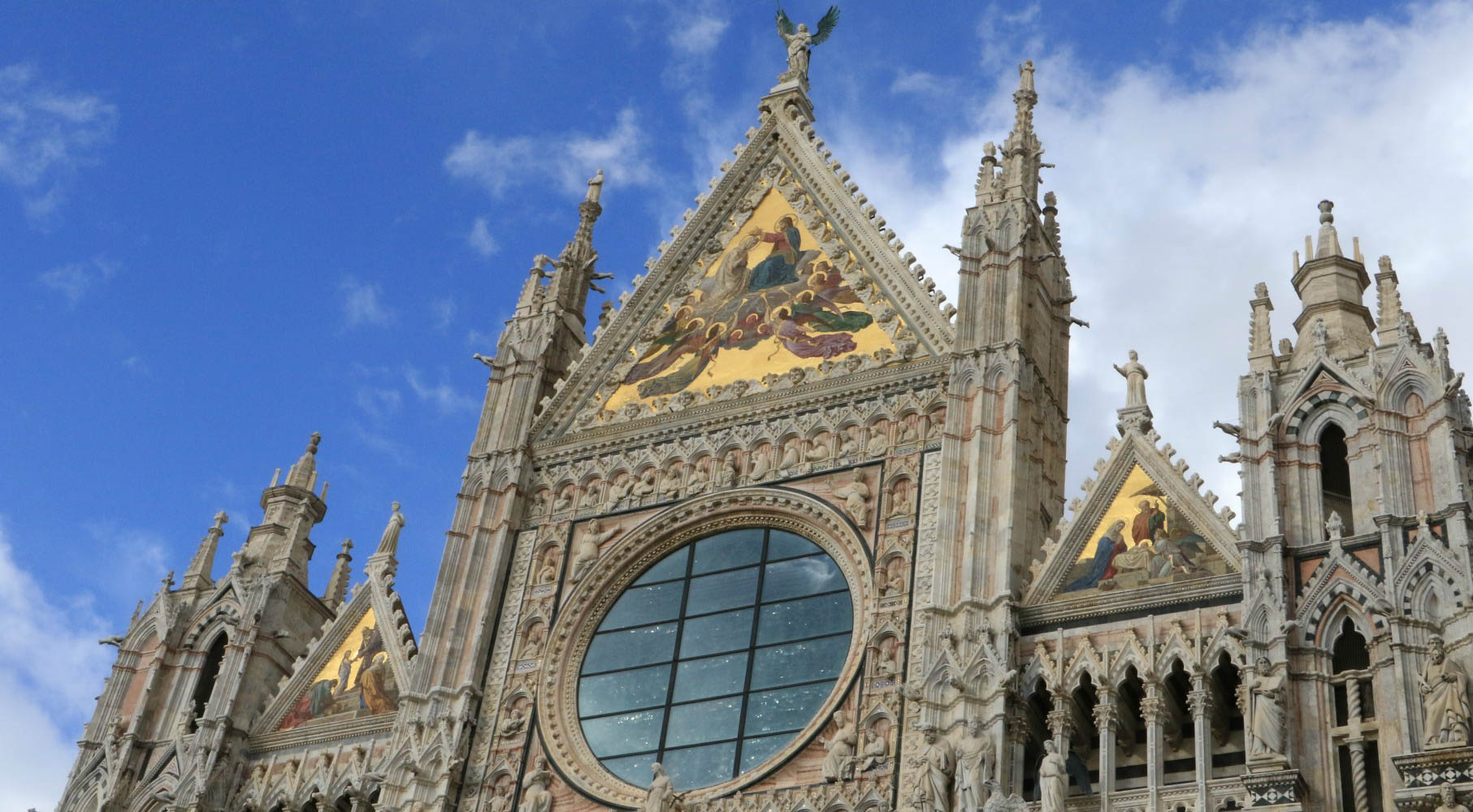
The Renaissance city of Florence is a must see if you’re in Tuscany. I’ve been a couple of times and while it was very wet this time around, Florence is just as beautiful and easy to explore by foot. The David in the Accademia Gallery is, of course, one of Michaelangelo’s most well-known sculptures. Standing over five metres tall, it took him 18 months to complete this marble masterpiece. The David is a magnificent sculpture and it’s only when you see some of the earlier sculptures you realise quite how impressive it is. It was moved to the Accademia Gallery in 1873 having previously stood by the Palazzo Vecchio.
The Piazza della Signoria has been central to politics since the Middle Ages and is surrounded by some of the most important buildings in the city with the Loggia like an outdoor gallery. A replica of Michelangelo’s David is in front of Palazzo Vecchio (the town hall). The Uffizi is one of the most well-known museums in the world. It’s not only the home to masterpieces of the Italian Renaissance but works by masters in other European countries. Famous paintings include Michelangelo’s Tondo Doni, Titian’s Venus of Urbino and Judith Slaying Holofernes by Artemisia Gentileschi.
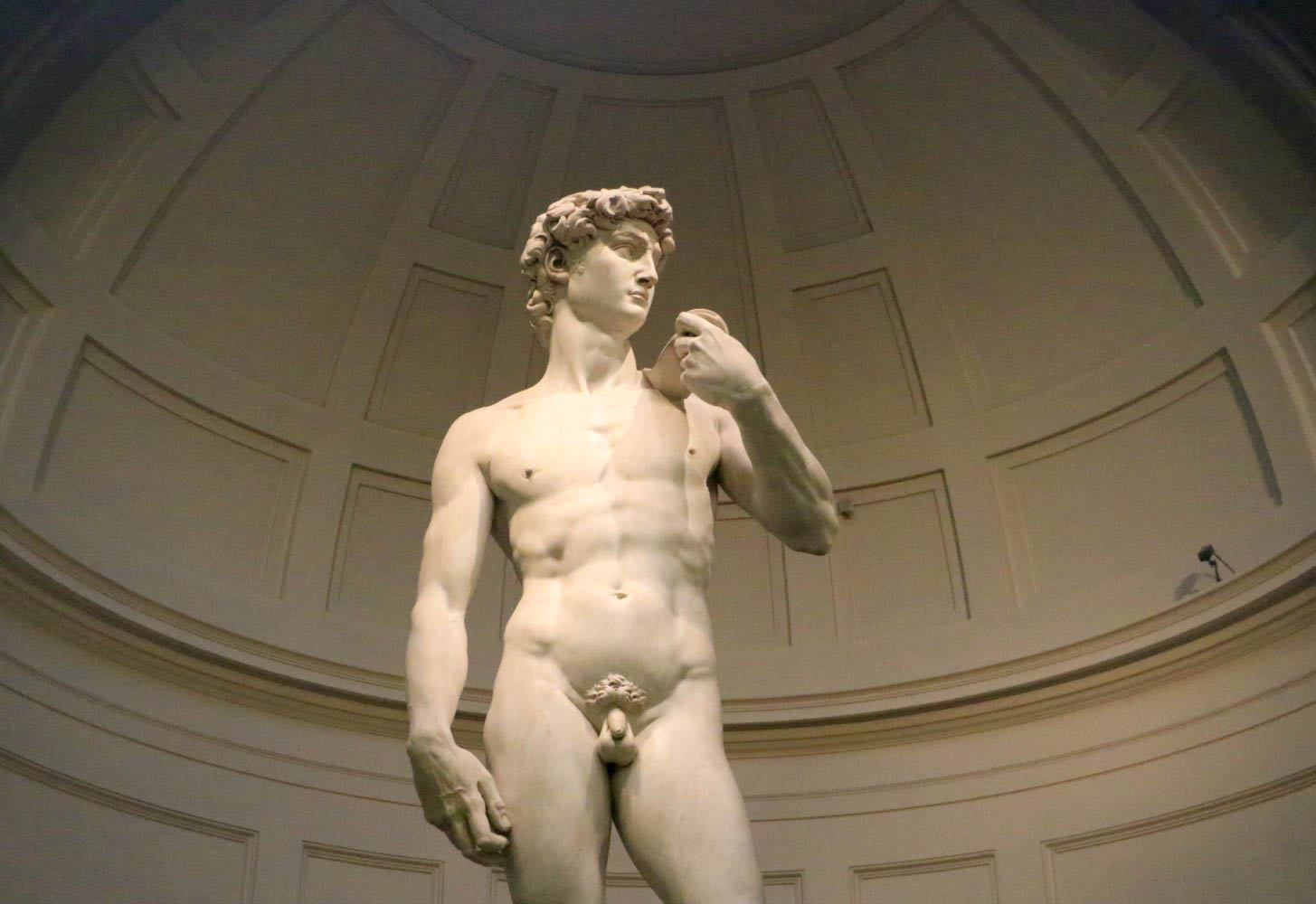
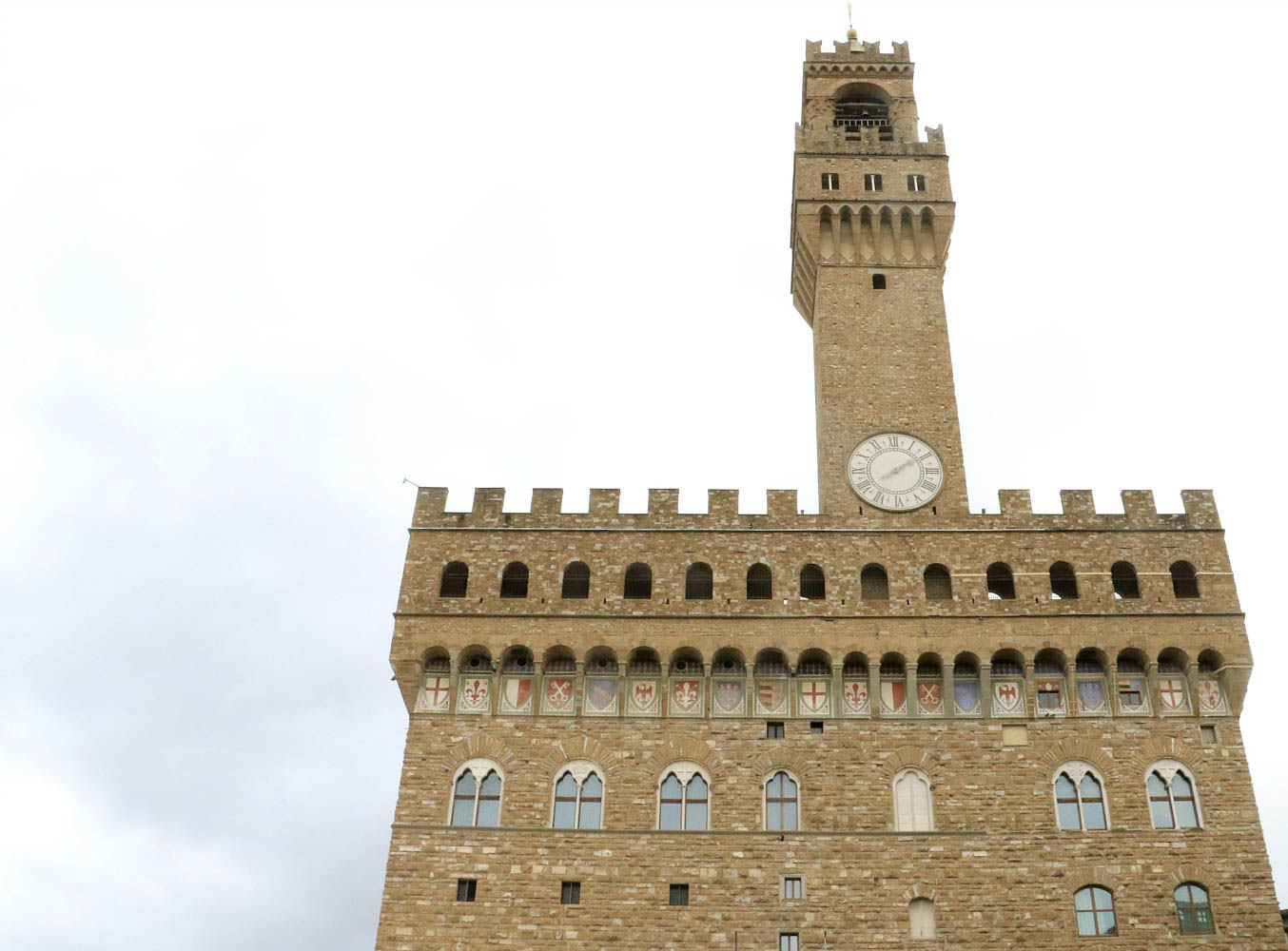
Ponte Vecchio is the River Arno’s oldest bridge which was the only bridge in Florence not to be destroyed during World War II. It rebuilt in 1345 due to flooding with three wide arches added to keep the river flowing. The bridge was used by butchers in the 1400’s so they could dispose of unwanted meat in the river. The Vasari Corridor over the River Arno was created in 1565 and shops were added later. Today the bridge is exclusively used for jewellers and goldsmiths.
The Duomo, Florence’s cathedral, was named in honour of Santa Maria del Fiore and its magnificent dome designed by Filippo Brunelleschi. Unbelievably, it’s said it took almost two centuries for this spectacular cathedral to be deemed finished! The outside is covered in pink, white and green marble with the mosaics inside a stark contrast to the cooler interior. The Duomo is recognised as the 4th largest cathedral in the world, after St Peter’s in Rome, St Paul’s in London and the Duomo in Milan. We relished our time in Siena and Florence earlier this year with excellent guides from LivItaly imparting their knowledge. We even got to go on a private food tour and learn how to make gelato!
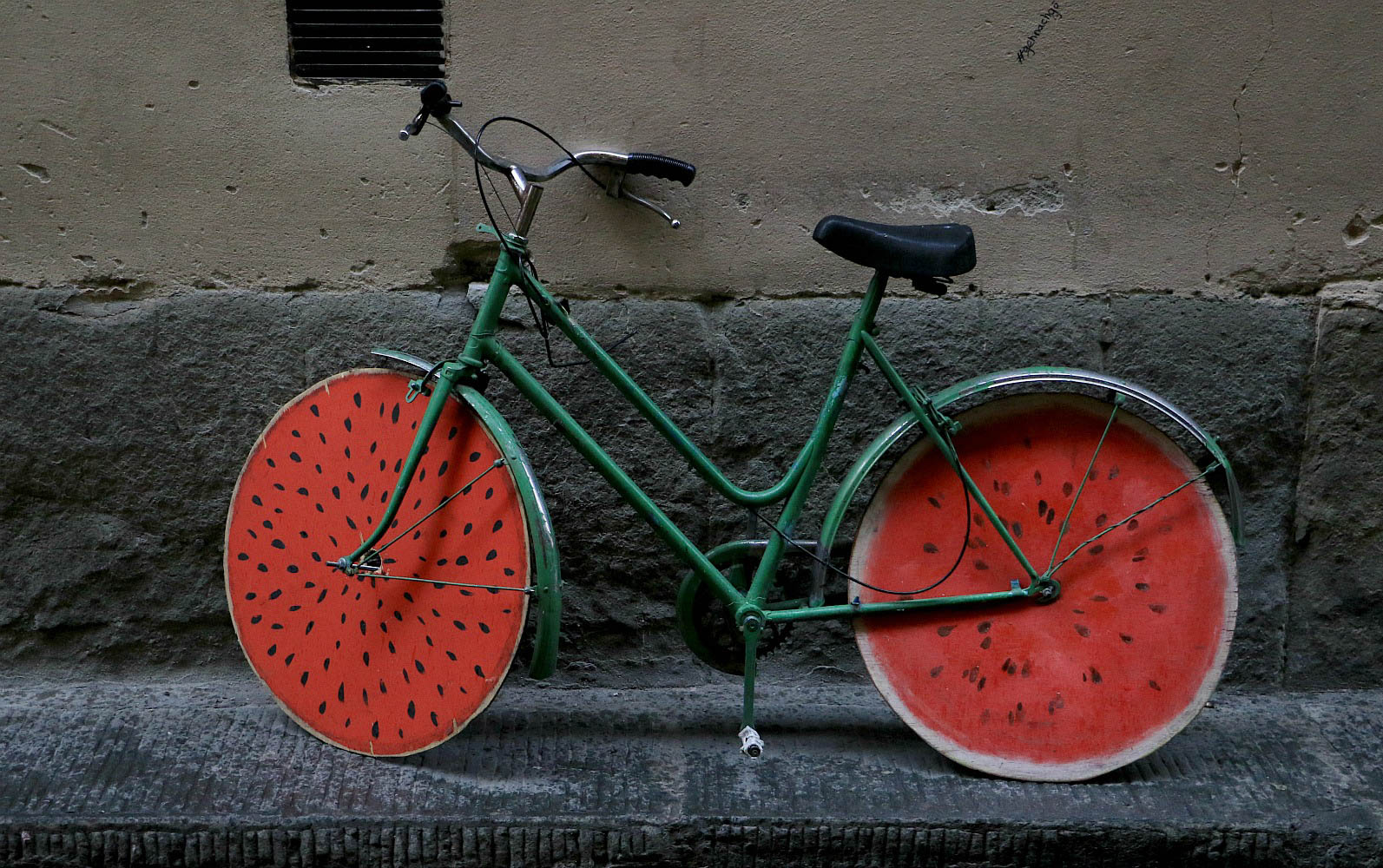
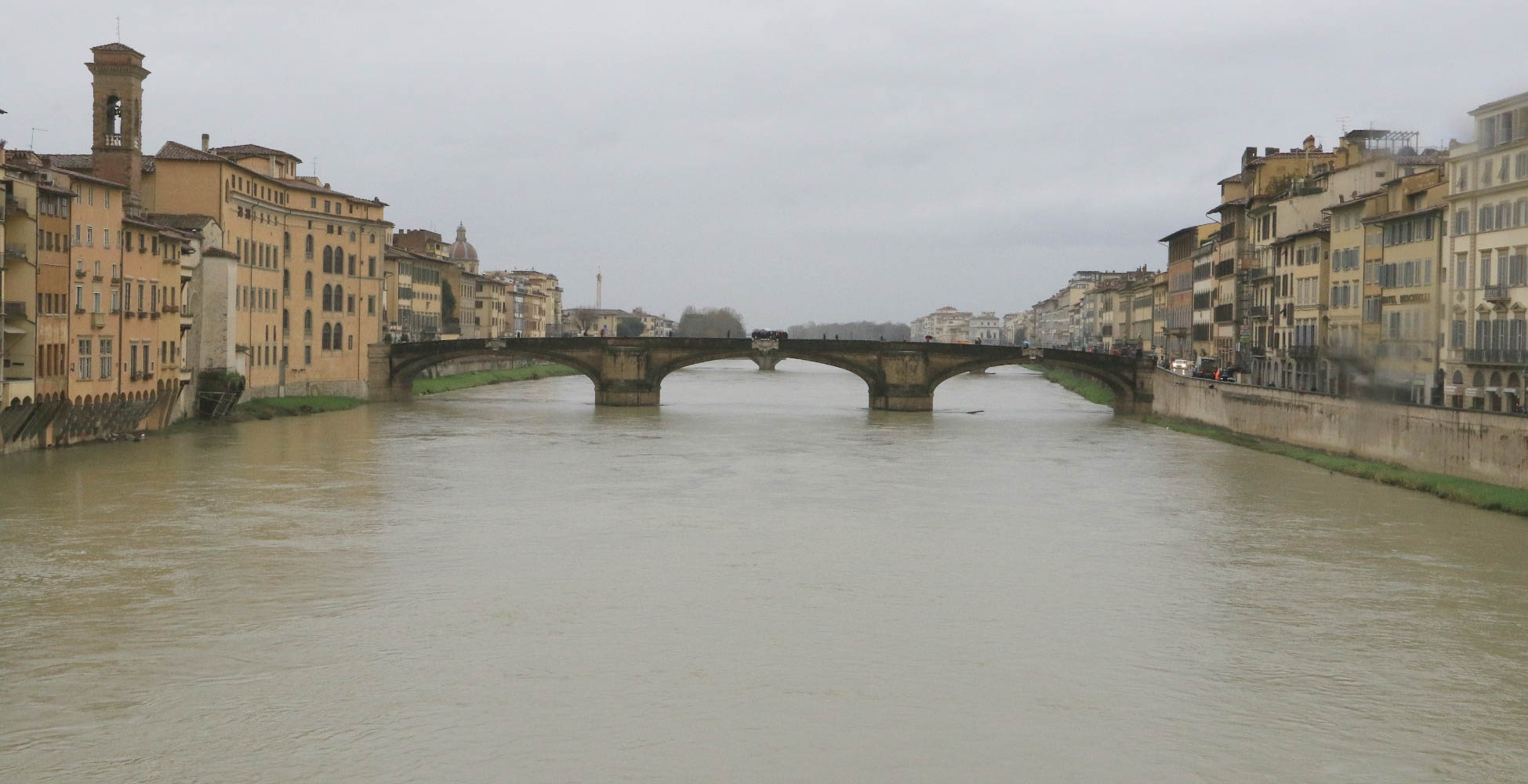
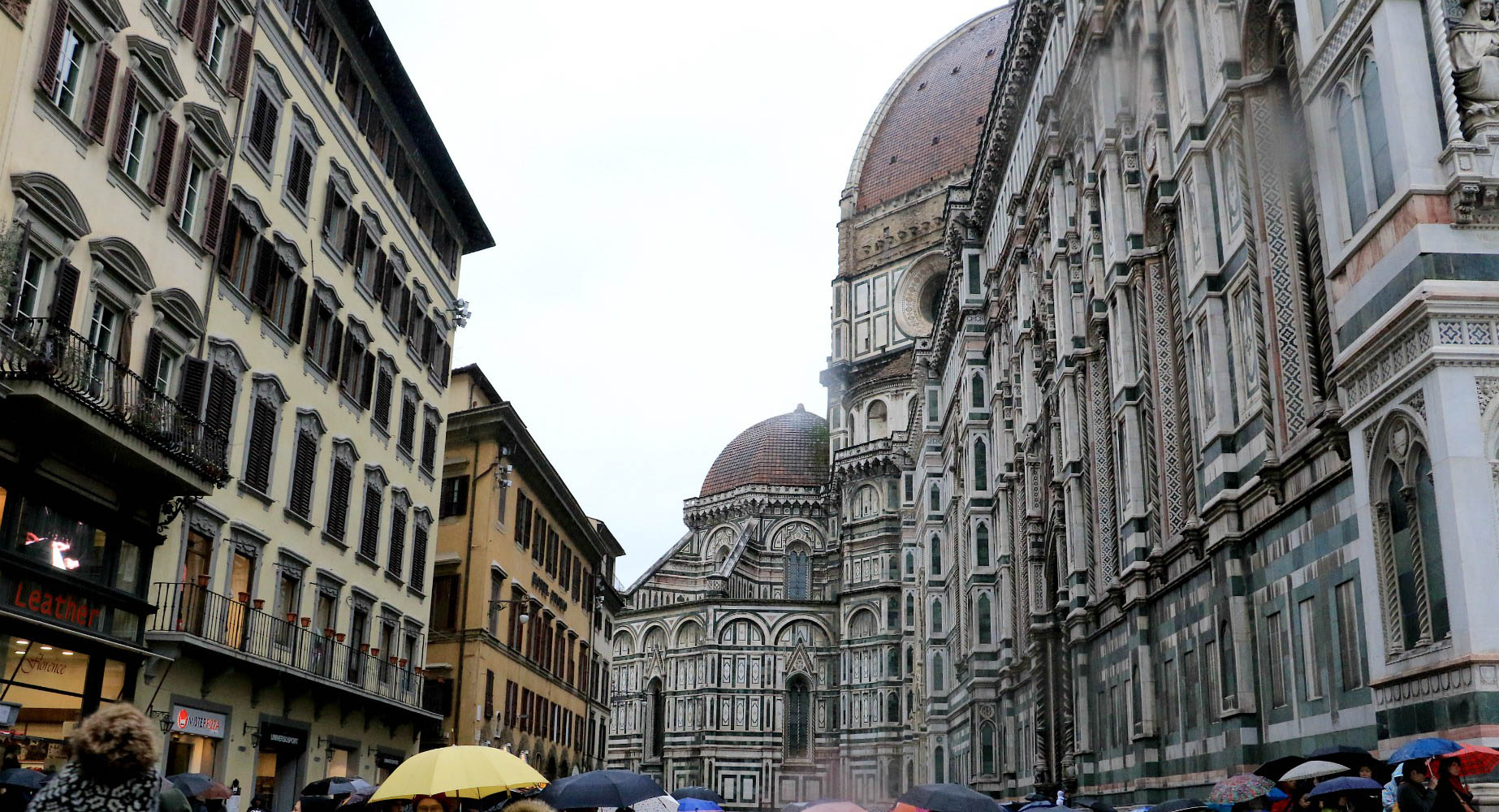
Image credit: Featured (iStock)

